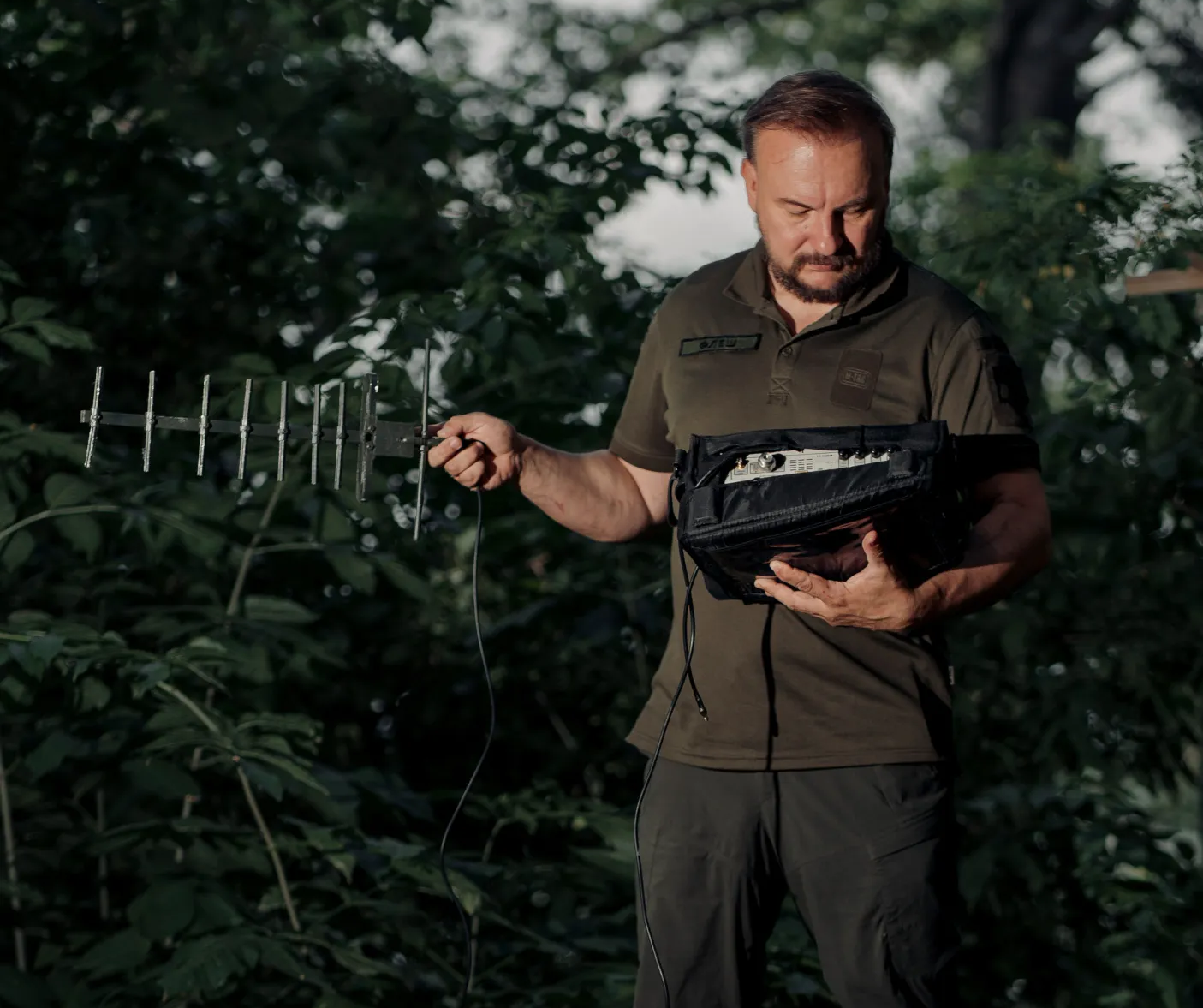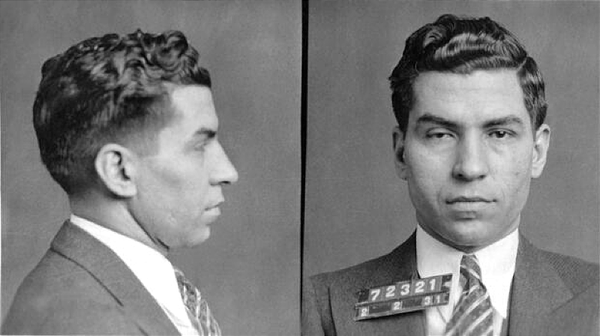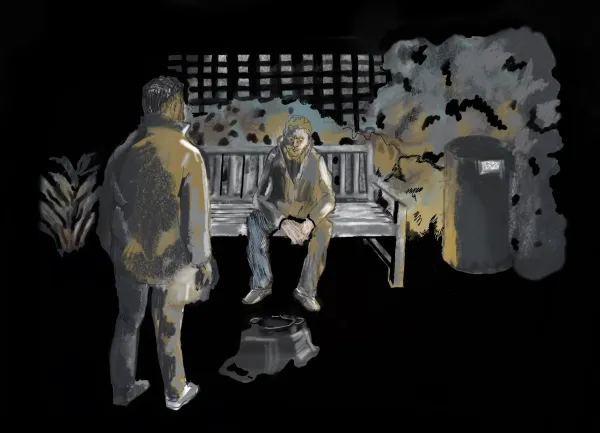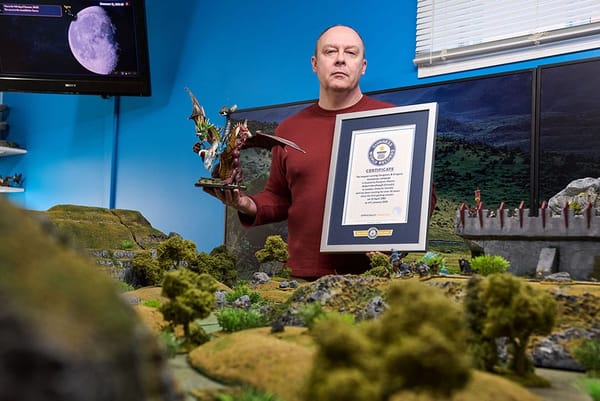This radio guru is shaping Ukraine’s drone defense

From MIT Tech Review: "Serhii “Flash” Beskrestnov hates going to the front line. The risks terrify him. But to perform his particular self-appointed role in the Russia-Ukraine war, he believes it’s critical to exchange the relative safety of his suburban home north of the capital for places where the prospect of death is much more immediate. So about once a month, he drives hundreds of kilometers east in a homemade mobile intelligence center: a black VW van in which stacks of radio hardware connect to an array of antennas on the roof that stand like porcupine quills when in use. Two small devices on the dash monitor for nearby drones. Over several days at a time, Flash studies the skies for Russian radio transmissions and tries to learn about the problems facing troops in the fields and in the trenches."
The anarchist icon behind one of the most daring prison breaks at sea

From Narratively: "On a spring morning in 1918, a schooner named the Sokolo slid from the shores of Ushuaia, Argentina, into the Beagle Channel. In and of itself, a boat embarking into the frigid, unforgiving seas was nothing out of the ordinary. The Sokolo, however, carried precious cargo: Argentina’s most famous prisoner. That prisoner's name was Simón Radowitzky, and he could taste freedom for the first time in nine years. Earlier that morning, he had impersonated a Ushuaia prison guard by putting on a uniform he’d cobbled together and made his way to the port. When he got there, he found a fellow anarchist radical and two sailors, who would be tasked with navigating the challenging body of water to the Chilean city of Punta Arenas."
The largest supplier of medical software has an HQ filled with whimsy

From Forbes: "To be one of Epic’s 14,000 employees is to be part of an elite group more selective than any Ivy League university. Faulkner says more than 370,000 people applied for jobs at Epic last year and the company hired around 2,000 of them – around half of one percent. Every employee at Epic gets their own office on a campus that features an array of fantastical buildings — an homage to Jules Verne’s 20,000 Leagues Under the Sea has giant squid tentacles bursting out of the floor; an Alice in Wonderland-themed building has a slide that transports employees to an upside down world where chandeliers and staircases seem to defy gravity; the collection of buildings known as Wizards Academy boasts a replica King’s Cross train station, a nod to Harry Potter."
These bizarre fish walk on six legs and taste the location of buried prey

From Scientific American: "David Kingsley, a professor of developmental biology at Stanford University, remembers visiting a small aquarium at the Marine Biological Laboratory (MBL) in Woods Hole, Mass., in 2016 and coming upon some walking fish. Kingsley, who studies the development and evolution of stickleback fish and other animals, couldn’t put aside what he had just seen. He started feverishly working his phone on his trip home, trying to figure out if he might be able to bring his lab’s resources to study the molecular underpinnings of the evolution of a fish with legs. Sea robins are, in fact, a rich source of insight into how evolution produces new animal traits."
In the UK the Teenage Mutant Ninja Turtles had to change their name

From Now I Know: "If you look carefully at the video game cover above, you’ll notice that the Teenage Mutant Ninja Turtles aren’t Ninja Turtles at all — they’re Hero Turtles. That’s because for a short time during the Turtles’ height of popularity, the United Kingdom and Ireland weren’t so fond of ninjas, especially when it came to content for kids. Ninjas were seen as being “excessively violent” and unsuitable for young audiences. So to work around this, the producers cut a logo and theme song. The logo, seen above, is self-explanatory. The theme song swapped out the word “Ninjas” for “Heroes” as well and changed another reference from “ninja teens” to “fighting teens.” (And, for good measure, “that’s a fact, jack!” was changed to the markedly more British “that’s a fact, chap!”)
Eddie Murphy does his James Brown impersonation in front of James Brown
Eddie Murphy does James Brown impersonation in front of him pic.twitter.com/d5gRHpqizy
— Historic Vids (@historyinmemes) September 30, 2024
Acknowledgements: I find a lot of these links myself, but I also get some from other newsletters that I rely on as "serendipity engines," such as The Morning News from Rosecrans Baldwin and Andrew Womack, Jodi Ettenberg's Curious About Everything, Dan Lewis's Now I Know, Robert Cottrell and Caroline Crampton's The Browser, Clive Thompson's Linkfest, Noah Brier and Colin Nagy's Why Is This Interesting, Maria Popova's The Marginalian, Sheehan Quirke AKA The Cultural Tutor, the Smithsonian magazine, and JSTOR Daily. If you come across something interesting that you think should be included here, please feel free to email me at mathew @ mathewingram dot com



